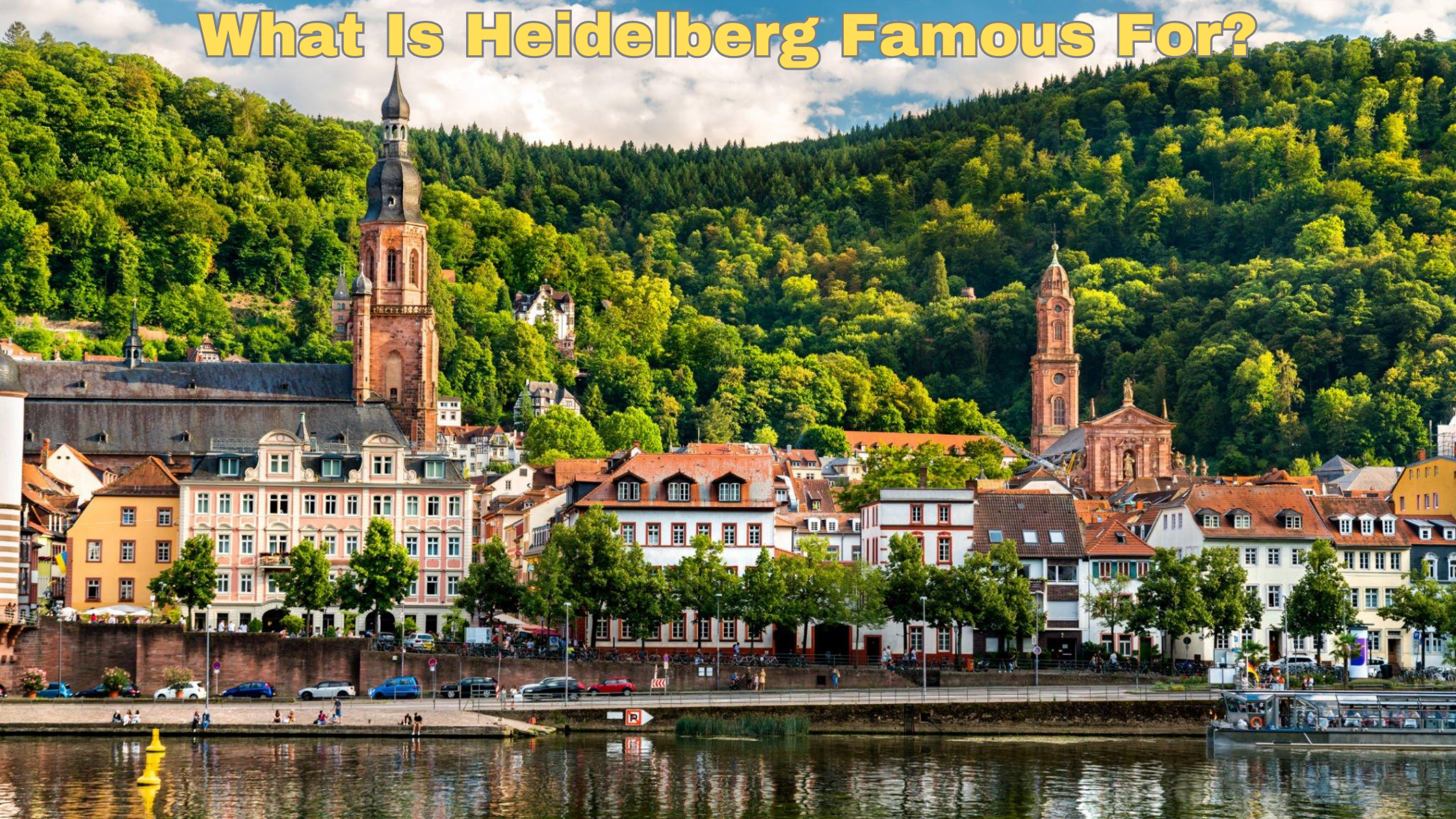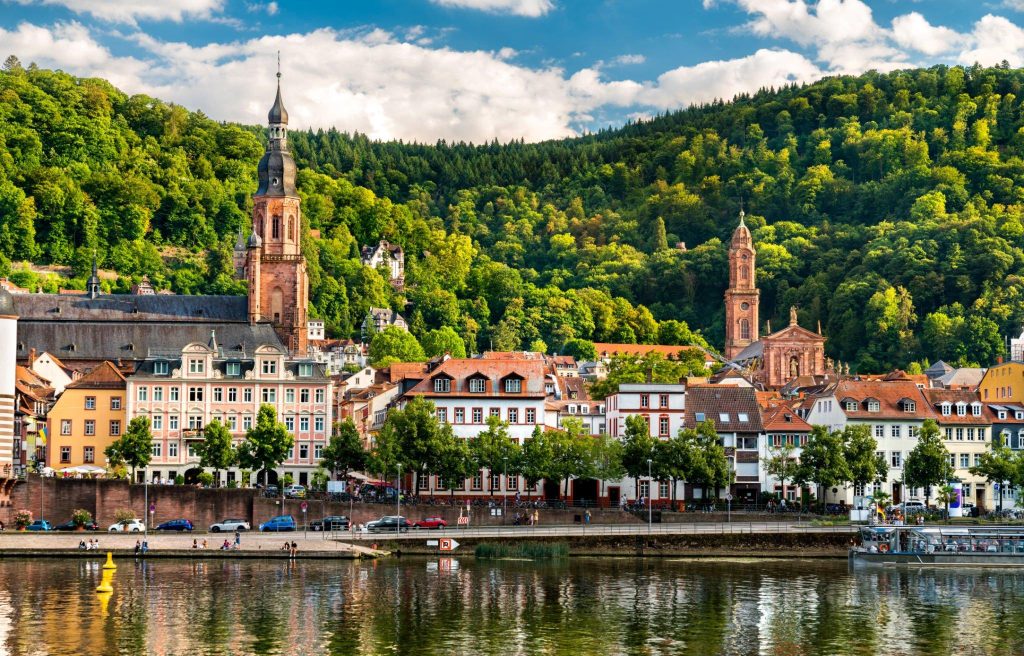
Nestled within the embrace of Germany’s rich cultural tapestry, Heidelberg emerges as a jewel that has captivated hearts for centuries. Its history weaves seamlessly through cobbled streets, magnificent castles, and picturesque landscapes, leaving an indelible mark on those who tread its paths.
As we embark on a journey through the cobblestones of Heidelberg, we uncover a treasure trove of experiences that range from ancient castles perched on hillsides to bustling market squares that whisper stories of times gone by.
Join us as we traverse the realms of Heidelberg’s renowned landmarks and hidden gems, painting a vivid portrait of a city that has gracefully intertwined its past and present.
Contents
- 1 Jesuitenkirche
- 2 Palatinate Museum
- 3 Thingstätte
- 4 Student Jail
- 5 Schloss Schwetzingen
- 6 German Pharmacy Museum
- 7 Kornmarkt
- 8 Heiligenberg
- 9 Heiliggeistkirche
- 10 Königstuhl
- 11 Old University Heidelberg
- 12 Philosophenweg
- 13 Heidelberg Marktplatz
- 14 Carl Theodor Bridge
- 15 Heidelberg Castle
- 16 Heidelberg Altstadt
- 17 Conclusion
Jesuitenkirche
Nestled within the historic heart of Heidelberg, the stunning Jesuitenkirche stands as a true gem. Just a short distance from the castle, it occupies a prime spot near the lively Hauptstrasse and Universitatsplatz. While Heidelberg boasts its own unique charm, if you’re intrigued by famous sites that transcend borders and cultures, you won’t want to miss exploring Utah’s famous sites. To discover more about these remarkable destinations, visit the Tales of Travelers page titled Utah’s Famous Sites.
Dating back to the years between 1712 and 1759, this remarkable church is a showcase of exquisite Baroque architecture. Crafted from red sandstone, its façade exudes an air of elegance.
Step inside, and you’ll be greeted by an interior bathed in brilliant white, adorned with a select few paintings and statues. This minimalist approach lends an air of sophistication, with occasional gleaming treasures that catch your gaze.
Beyond the impressive altar painting and the grand organ, you’ll find a delicate pulpit and glittering chandeliers that add to the church’s charm. The tranquil atmosphere makes it an ideal spot for a pause during your exploration of the Altstadt, the Old Town.
Palatinate Museum
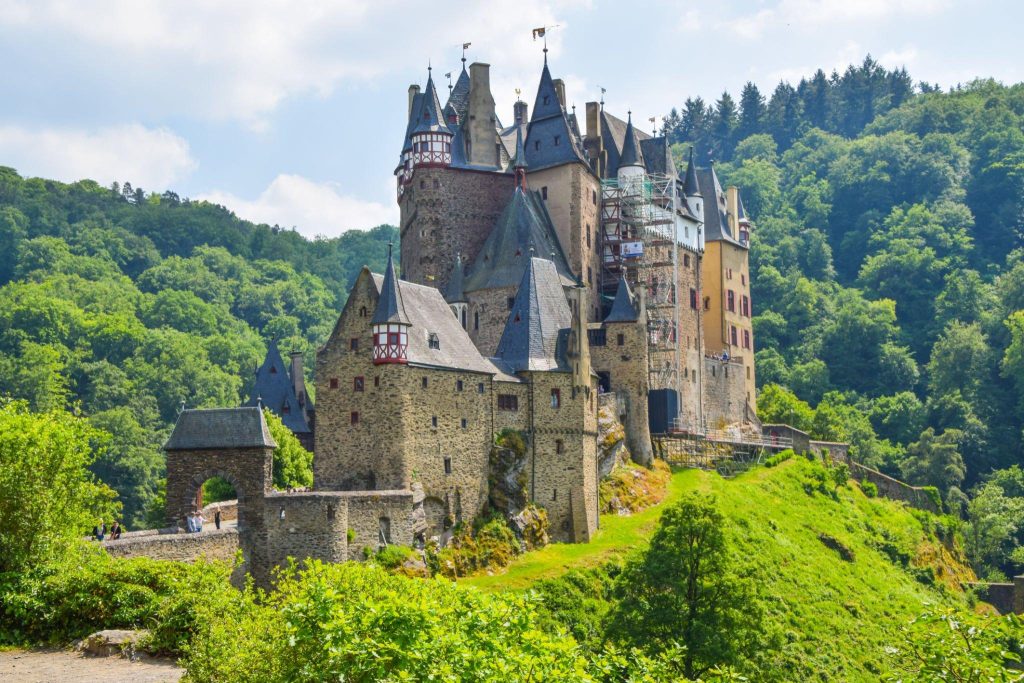
For history enthusiasts and art aficionados, a visit to the remarkable Palatinate Museum is an absolute must. Situated just a brief stroll away from the church, this museum is a treasure trove spread across three floors, offering an impressive array of paintings, sculptures, and porcelain pieces.
Just as the Palatinate Museum is a must-visit for history and art enthusiasts, explore must-visit spots in Oklahoma to discover the state’s remarkable attractions and places that should not be missed.
Established in the late 1870s, the museum has curated a unique and expansive collection that finds its home within the splendid Palais Morass along Hauptstrasse.
This former residence of university professors has been transformed into a haven for artifacts that span the ages – from ancient archaeological discoveries and intricate drawings to captivating period costumes, coins, and delicate glassware.
The museum not only houses phenomenal paintings and sculptures from bygone eras but also features captivating exhibits that delve into the human history of the Lower Neckar Valley.
Strolling through the museum, you’ll encounter elegant suites adorned with exquisite furniture and décor from the 1700s and 1800s, allowing you to glimpse the lifestyle of past centuries.
The pinnacle of the museum’s treasures is undoubtedly the meticulously carved Altar of the Apostles, a masterpiece crafted by the skilled sculptor Tilman Riemenschneider in 1507.
This intricate and awe-inspiring artwork is a testament to the artistry and craftsmanship of the past, making the Palatinate Museum an essential destination for those eager to explore Heidelberg’s cultural and historical heritage.
Thingstätte
The Texas Identity at Thingstätte, nestled amidst the captivating natural landscape of Heidelberg, serves as a poignant testament to a bygone era. This open-air amphitheater, dating back to the 1930s and shaped by the influence of the Nazi regime, resonates with the echoes of a multifaceted history.
Its striking concentric layout of stone seating once served as a platform for propaganda events and rallies, reminding visitors of a time long past. To learn more about the rich history and culture associated with Texas, explore “The Texas Identity” on Tales of Travelers.
Despite its controversial origin, Thingstätte has evolved into a cultural venue, hosting concerts and performances that infuse life into its weathered stones. Its serene location atop Heiligenberg adds a layer of mystique, offering panoramic views of the city below.
The amphitheater’s existence reminds us of Heidelberg’s ability to repurpose its past, turning a once-disturbing symbol into a platform for artistic expression and remembrance.
Student Jail
Student Jail, a window into Heidelberg’s academic history, takes visitors on a fascinating journey through the past. Serving as both a quirky curiosity and a cultural testament, this former disciplinary space sheds light on the lives of university students from yesteryears.
Once a real place of confinement for misbehaving scholars, the Student Jail’s walls tell tales through graffiti, art, and inscriptions. The museum captures the spirit of youthful rebellion and camaraderie, providing a glimpse into the challenges and camaraderie that marked student life.
This unusual space, now transformed into an engaging museum, showcases how the pursuit of knowledge and a streak of defiance intersected in the lives of those who once walked Heidelberg’s university halls.
As you step into the Student Jail, you’ll find yourself immersed in the echoes of the past, embracing the quirks and camaraderie that defined a unique aspect of Heidelberg’s academic heritage. If you’re intrigued by the rich historical legacy that various countries offer, you might also be interested in exploring Russia’s historical legacy, which has left an indelible mark on the world. Discover more about Russia’s historical heritage on the page, “Russia’s historical legacy.”
Schloss Schwetzingen
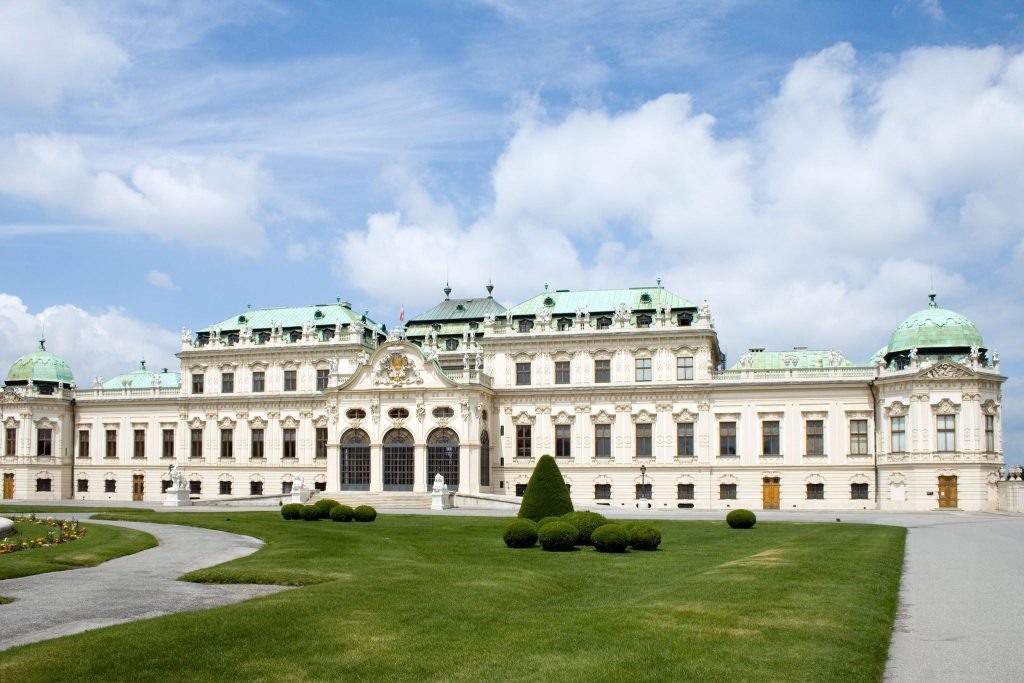
Schloss Schwetzingen, located just a short distance from Heidelberg, is a true architectural masterpiece. Constructed in the 18th century, this palace effortlessly fuses the opulent Baroque and Rococo styles, creating a breathtaking testament to the era’s artistic prowess.
Once serving as a summer retreat for the Palatinate Electors, it holds immense historical importance and showcases unparalleled artistic brilliance. If you’re fascinated by such exquisite historical gems, you might also appreciate the essence of VA, where the state of Virginia is celebrated for its rich history and cultural significance.
The palace’s allure extends beyond its interiors, with captivating gardens featuring the Temple of Apollo and the Moorish Garden, inviting visitors to wander through a landscape where nature and human creativity intertwine.
German Pharmacy Museum
In Heidelberg, the German Pharmacy Museum uncovers the fascinating history of medical practices. Through an array of exhibits, it presents ancient apothecary tools, vintage medicine packaging, and herbal remedies, offering insights into the evolution of pharmaceutical science.
Situated in the heart of the city, this museum captures the intersection of tradition and innovation, preserving the cultural heritage of healing methods across eras. It’s a captivating journey that showcases how the science of medicine has evolved and adapted, leaving visitors with a deeper appreciation of our healing heritage.
Kornmarkt
With a lively history dating back to the Middle Ages, the Kornmarkt square once thrived as a bustling grain market. Later, in the 16th century, the square housed a Catholic-run hospital. Notably, remnants of the hospital chapel’s layout are etched into the square’s paving, preserving a piece of history within its stones.
In the 17th century, an iconic statue named “Madonna at the Grain Market” was erected. This sculpture was a product of a Jesuit initiative aimed at promoting Catholicism.
Today, the Madonna statue stands as a splendid piece of art, gracing the square as its central feature. Its presence adds a touch of elegance to this charming town square, captivating visitors and locals alike.
Heiligenberg
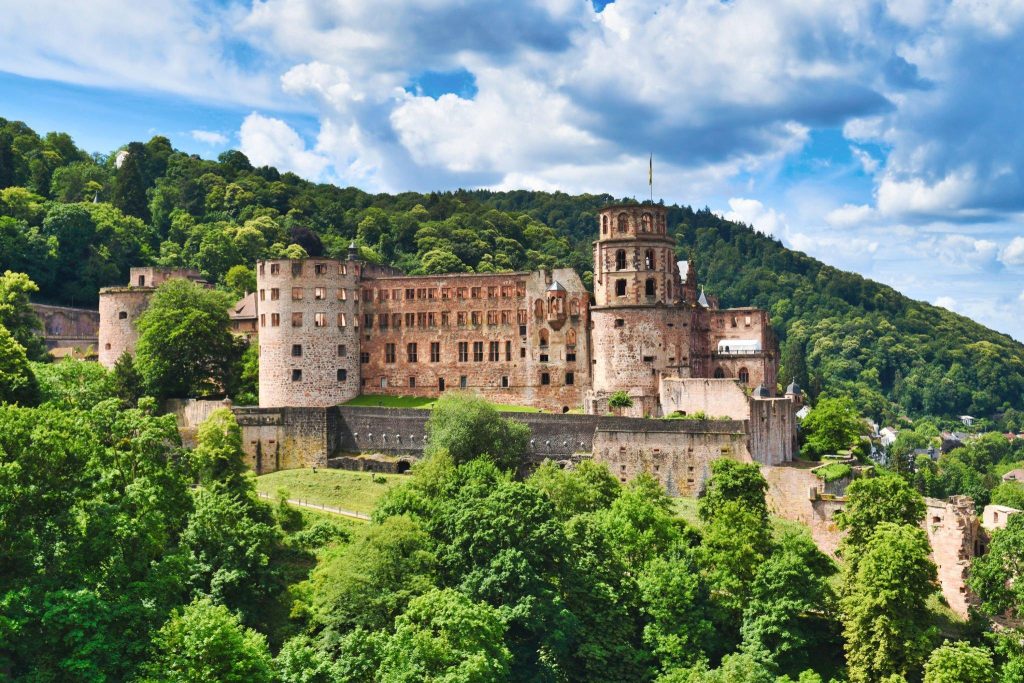
Referred to as All Saints’ Mountain, Heiligenberg majestically towers over the northern bank of the Neckar River, bestowing panoramic vistas that encompass both the river itself and the expansive Rhine Valley plains. This elevated terrain has historically been esteemed for its strategic defensive location, a characteristic that has contributed to its significance.
Archaeological excavations have unveiled artifacts dating back to the Neolithic Era, underscoring the mountain’s long-standing importance. Visitors are invited to delve into the traces of medieval monasteries, an ancient Roman temple, and a 4th-century B.C. Celtic fort.
Notably, the vestiges of the Third Reich era are also part of Heiligenberg’s narrative, with the open-air theater known as the Thingstätte standing as a tangible relic of that period.
Heiliggeistkirche
Situated within the heart of the city’s Market Square, the Heiliggeistkirche, also known as the Church of the Holy Spirit, holds its place as Heidelberg’s most renowned sacred sanctuary. The church’s Gothic foundations were laid in 1398, embarking on a journey that culminated in its completion in 1544.
Following a fire in 1709, the church’s silhouette underwent a transformation with the addition of a Baroque steeple, which added a touch of elegance to the city’s skyline. If you’re a curious traveler, you’re welcome to ascend the steeple’s 208 steps, revealing breathtaking vistas of the city. For more exploration of remarkable places like this, consider checking out Indiana’s remarkable places on Tales of Travelers, where you can discover other hidden gems and attractions waiting to be explored.
One of the church’s distinctive features is its shared use by both Catholics and Protestants, a rarity in its era. A partition wall symbolizing this dual congregation persisted for over two centuries, speaking to the unique historical tapestry woven within the Heiliggeistkirche’s walls.
Königstuhl
Perched upon the slopes of the Königstuhl, often referred to as Kings Seat Mountain, Heidelberg’s iconic castle finds its majestic abode. This revered summit stands as the second-highest point within Germany’s expansive low Odenwald mountain range, a vantage point that commands awe-inspiring panoramas.
A piece of history itself, a historic wooden funicular train awaits to transport visitors to this elevated realm, granting access to vistas that span the Neckar river valley and extend to the distant Black Forest. The pinnacle offers more than just views, boasting a restaurant, a playground for children, and a network of hiking trails that intertwine amid the natural beauty.
Königstuhl’s clear skies have made it a cherished spot for stargazing. The mountain’s atmospheric purity led to the establishment of the Heidelberg-Königstuhl State Observatory in 1898, allowing astronomers and enthusiasts to peer into the celestial tapestry from this elevated sanctuary.
Old University Heidelberg
Given Heidelberg’s historical reputation as a renowned hub of learning, a visit to the Old University Heidelberg is virtually obligatory. Nestled within the Altstadt and centered around Universitätsplatz, this institution offers an array of captivating experiences, from its splendid museum to the grandeur of the Great Hall and even an intriguing student jail.
Traceable to the year 1386, the Old University Heidelberg proudly claims the title of Germany’s oldest university. Its establishment came to fruition under the guidance of Pope Urban VI. The substantial structure recognized today as the ‘Alte Universität’ or Old University, however, took form in 1712.
Stepping within its walls, you’ll encounter not just the physicality of the student jail but also a journey through the institution’s illustrious past. The museum, with its splendid exhibits, acts as a time capsule that encapsulates 600 years of the university’s history.
The Old University Heidelberg stands as a living testament to the pursuit of knowledge and its enduring impact. Whether you’re drawn by its architectural splendor or intrigued by the tales held within its halls, a visit to this historical gem is sure to leave you enriched and inspired.
Philosophenweg
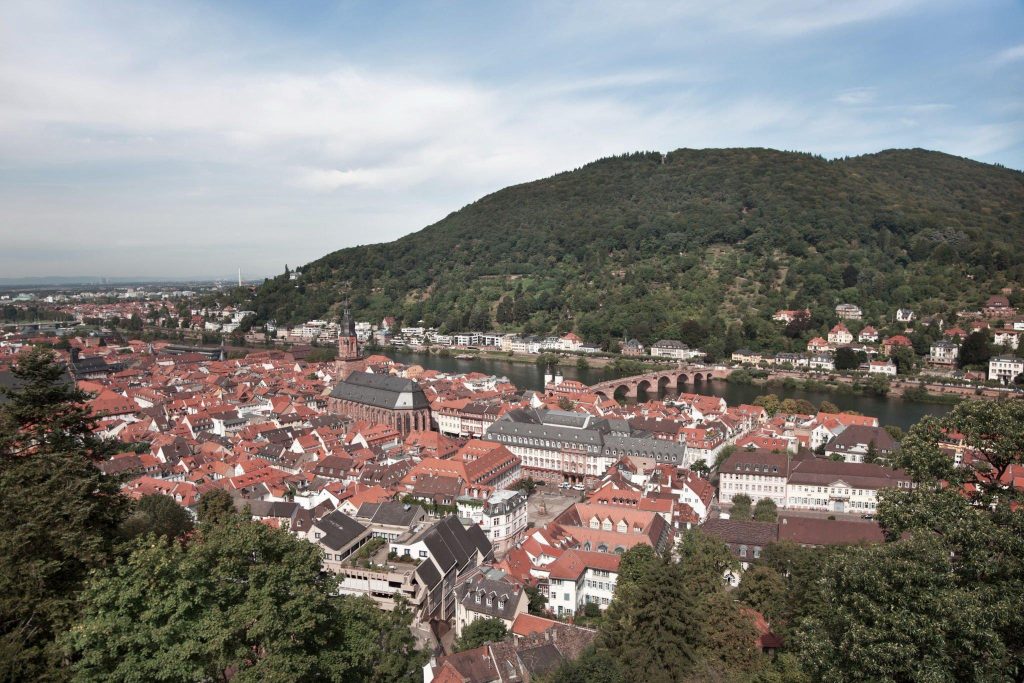
Situated north of the Old Bridge, the Schlangenweg, known as the Snake Path, weaves its way upwards, guiding visitors to the Philosophenweg, an enchanting trail that traces the contours of All Saints’ Mountain.
Honoring the legacy of the town’s eminent thinkers and educators, the Philosophers’ Way has been a haven for introspection and discourse for generations. Its pathway winds through history, echoing the footfalls of great minds. The journey culminates at the Philosophers’ Garden, an oasis where vibrant plants and blossoms flourish in the embrace of shelter.
From this elevated vantage point, one can bask in breathtaking views of the river valley and the charming red-tiled rooftops that sprawl across the cityscape. These panoramas often draw parallels to the idyllic landscapes reminiscent of Italy’s renowned Tuscany region. The captivating scenery at this spot beautifully encapsulates the profound connection between Maine’s rich history and the natural splendor that has been a source of inspiration for generations.
Heidelberg Marktplatz
Positioned at the heart of the Altstadt, or Old Town, the Heidelberg Marktplatz has maintained its role as the city’s central congregation point since the era of the Middle Ages. Through the annals of time, this square has witnessed the ebb and flow of history, witnessing events that marked its significance.
Once, accused individuals faced their destiny here. Dragged from either the town hall on one end or the church on the other, they confronted justice. For those accused of heresy, the square bore witness to the flames of the stake.
The Herkulesbrunnen, an enduring Baroque fountain featuring a statue of Hercules, witnessed its share of dramatic scenes as individuals were left chained to its structure.
Today, the Marktplatz serves a different purpose, attracting visitors for its bustling market atmosphere. The square transforms into a vibrant shopping haven.
On Wednesday and Saturday mornings, a colorful tapestry of fresh flowers, fish, and produce sets the scene, inviting locals and tourists alike to immerse themselves in a sensory array. The Heidelberg Marktplatz, steeped in history, continues to evolve as a space where commerce and community converge.
Carl Theodor Bridge
A hallmark of Heidelberg, the Carl Theodor Bridge stands as a testament to the Prince Elector who commissioned its creation during the 1780s. Stretching across the Neckar River, this sandstone bridge is exclusively for pedestrians, acting as a connection between the old town quarter and the undulating landscapes on the city’s northern side.
A pair of towered gateways that hark back to medieval times graces the old-town approach to the bridge. These gateways were once integral to the town’s defensive architecture. Just beyond, a familiar sight welcomes visitors—the Heidelberg Bridge Monkey. This bronze statue, situated to the west of the gate, often invites passersby to pause and capture a moment with its likeness.
The statue, with a mirror in hand, serves as a poignant reminder that human experiences and sentiments resonate universally, transcending the boundaries of time and place. As you stand before this symbolic figure, you’re reminded of the common threads that weave through the tapestry of humanity’s journey, regardless of the paths we tread.
Heidelberg Castle
Standing as one of Germany’s most awe-inspiring castles, the Heidelberg Castle dominates the landscape with its formidable presence. Its sprawling grounds and gardens cascade across the hillside, overlooking the picturesque riverside city below. A leisurely stroll through this historic haven is a treat for the senses, where ruddy red sandstone structures whisper tales of ages past.
Once the abode of Heidelberg’s imperial rulers, the castle’s architectural expanse is a sight to behold. While its earliest foundations trace back to the 1200s, the majority of the current castle took shape during the Renaissance era.
Throughout centuries, fires, wars, and even lightning strikes have each etched their narrative onto the castle’s walls. The schloss, with its sheer size, grandeur, and magnificence, carries an air of romance within its very ruins.
This romantic allure hasn’t just caught the attention of time itself, but it has also entranced the minds of countless writers, painters, and poets. The scale of its ruins, the splendor of its architecture, and the stories it holds have been a wellspring of inspiration for creative souls across generations.
As you wander through its corridors, you’re not just exploring a castle, but rather you’re stepping into a symphony of history, art, and the enduring human spirit.
Heidelberg Altstadt
Nestled just below the castle, the Altstadt proudly stands as Heidelberg’s oldest enclave. Stretching a mile along the river, it finds its bounds marked by the Karlstor on one end and Bismarckplatz on the other.
Within this expanse, a captivating tapestry unfolds, interweaving baroque architecture, narrow winding streets, lively market squares, a medley of shops, tempting eateries, cozy pubs, and the city’s most cherished attractions.
Following its near-complete devastation by French forces in the 1690s, the Old Town was meticulously reconstructed during the 18th century, springing forth anew.
Remarkably, unlike the fate of many German cities, the Altstadt emerged from the tumultuous era of WWII with minimal damage. The Hauptstrasse, a vibrant pedestrian thoroughfare, carves its path through the heart of the Altstadt, serving as a nucleus of bustling activity and commerce.
Walking these historic streets, you’re not only retracing centuries of footsteps but also absorbing the present-day energy that resonates through its vibrant mix of offerings. The Altstadt is more than just a district; it’s a living mosaic that mirrors Heidelberg’s enduring spirit and its ever-evolving story.
Conclusion
In the heart of Heidelberg’s story lies a symphony of history, art, and human spirit that resonates through every alley, every arch, and every cobblestone. The allure of Heidelberg’s famous castle, the charm of its Altstadt, and the serenity of its gardens are just fragments of the mosaic that captures the essence of this remarkable city.
From its academic legacy to its architectural splendor, Heidelberg stands as a living testament to the passage of time, a canvas painted by generations and enriched with a cultural vibrancy that endures.
As we bid adieu to the ancient streets and towering spires, we carry with us the echoes of the past, the promise of the future, and the memories of a journey that has illuminated the soul of Heidelberg.

